We can study the large scale structures of matter that form in the Universe from the distribution of the galaxies that we observe with telescopes. However, most of the matter in the Universe is made of dark matter, which does not interact with light, and hence it cannot be directly observed. Because of this, it is very important to understand the relation between the dark matter distribution and the galaxy distribution. The densest areas of dark matter will pull together visible matter, like stars and gas, eventually forming galaxies. Conversely, areas with less dark matter may not host galaxies.
In these papers, we develop and apply a method to make a direct measurement of galaxy bias, a parameter that quantifies the relation between the dark matter and galaxy densities in the Universe. With a very good knowledge of galaxy bias, we would be able to infer the dark matter distribution form the distribution of galaxies with a very high precision.
Our method uses measurements of gravitational lensing. According to Einstein’s theory of gravity (general relativity), when light travels from a source, its trajectory is distorted due to the presence of mass around the trajectory. When the light traveling to us from distant ‘background’ galaxies gets distorted in this way, the shapes of the galaxies appear to change very slightly, but in a recognizable pattern. This effect is called weak gravitational lensing. By studying weak lensing, we can measure the projected total mass between us and the ‘background’ galaxies and generate maps of this mass distribution (which is mostly dark matter).
It’s important to note note that the ‘background’ galaxies are different than the galaxies we are measuring the distribution of. As seen in the example figure below, the galaxies we measure the distribution of (shaded in yellow) are closer, and we measure how they differ in their distribution compared to dark matter. The ‘background’ galaxies are further away, and their only use in this paper is to see how their shapes are distorted, which tells us there is closer dark matter causing gravitational lensing.
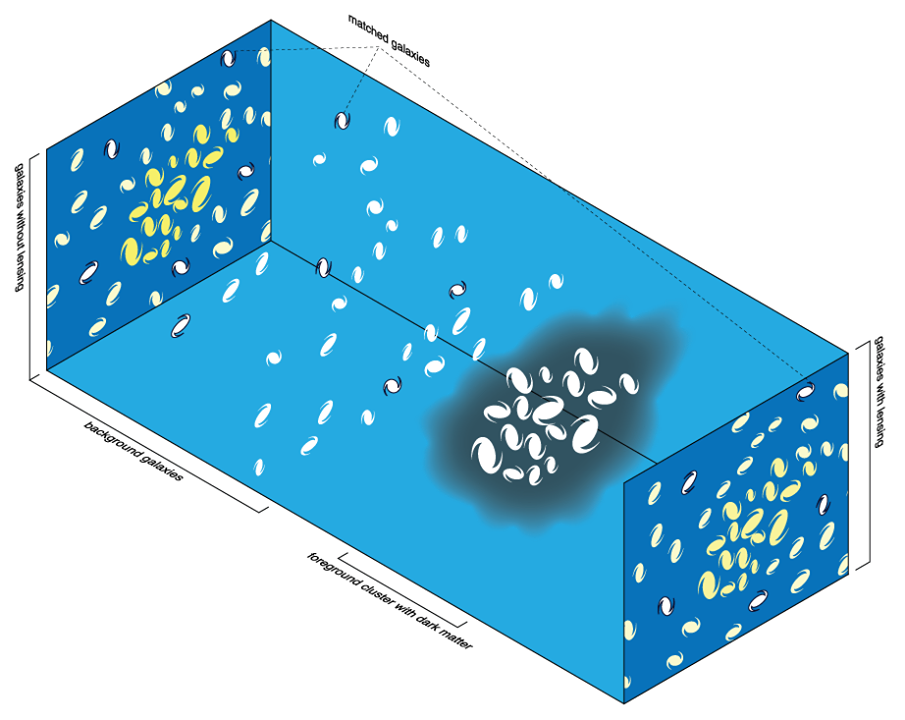
We study the relation between the galaxy distribution and the dark matter distribution (the galaxy bias) by comparing the distribution of mass inferred from weak lensing with the distribution of the galaxies in the same region. In particular, we calculate the weak lensing effect that we would detect if the distribution of galaxies and matter were the same. Then, we compare this calculated weak lensing field with the real one, that we obtain from the distortions in the shape of the ‘background’ galaxies. We obtain the galaxy bias parameter from comparing the calculated and the real weak lensing fields, which represent the galaxy and matter distributions respectively.
Key to our analysis was the use of simulations. Simulations are fake data that we use to test analysis techniques in a controlled way. The properties of these simulated universes are calculated according to the laws of gravity and include the effects of dark matter and dark energy close to what we observe in the real Universe. In the simulation, we produce galaxy catalogues and weak lensing effects that can be used to test our analysis techniques. Since we know the “true” galaxy bias in our simulations, we can examine how different measurement errors can cause our measurements to deviate from the true answer. Potential errors due to the area of the sky we use, and the uncertainty of the distance to the ‘background’ galaxies are especially important effects we check for in the simulations.

Above is a plot of our weak lensing maps from DES science verification data. Red indicates a higher density of matter in that direction. Blue indicates an area under-dense in matter.
The figure below shows our measurement of how galaxy bias changes with redshift (or equivalently, how it changes through the history of the Universe), and compares our results with other studies from DES science verification data. The differences may be due to errors, or intrinsic differences of how the galaxy bias is measured by these different techniques. More data from DES should give us greater insight on galaxy bias from multiple techniques.
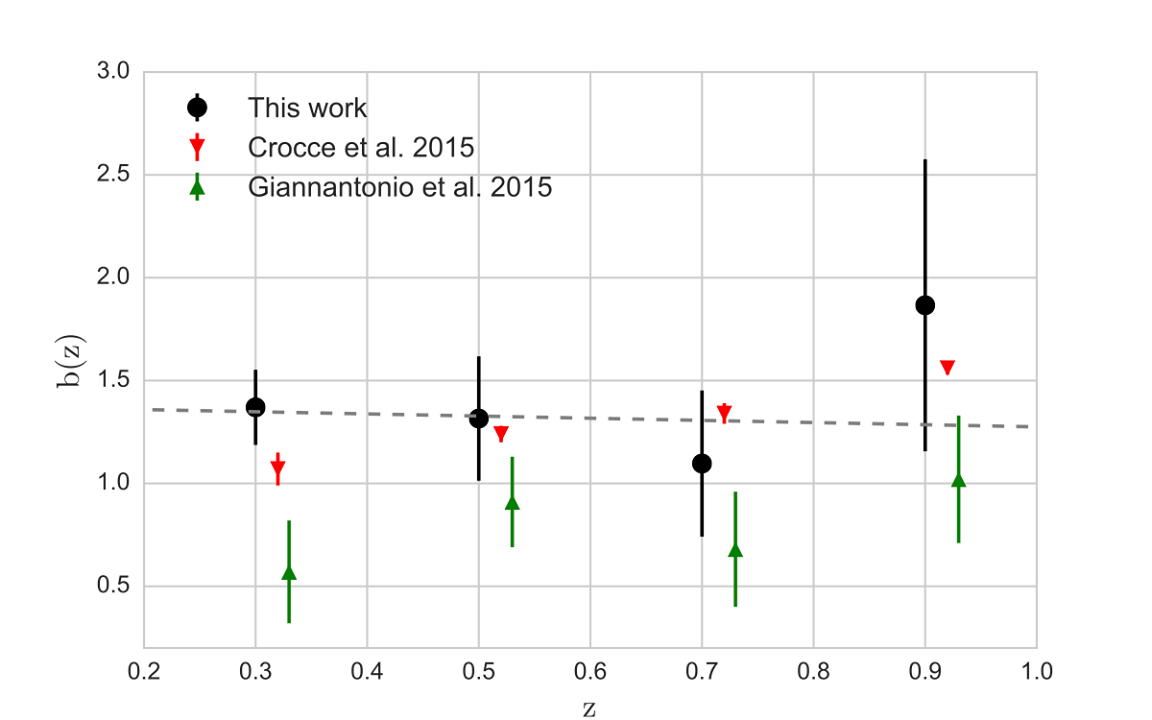
We find that our results are comparable with other studies of galaxy bias in this DES dataset, with some differences. Based on studies with simulations, we find that our technique’s accuracy improves greatly with area of the survey. Given that science verification data is only 3% of the full DES area (150 out of 5000 square degrees), the full benefits of our technique can be applied with future DES data.
Galaxy bias is an unknown quantity that affects many attempts to understand cosmology from direct observations of the distribution and evolution of galaxies. Measurements of galaxy bias will allow us to infer the dark matter distribution and study the evolution of structure in the Universe more precisely, which is crucial for understanding the nature of dark energy.
About the Paper Authors
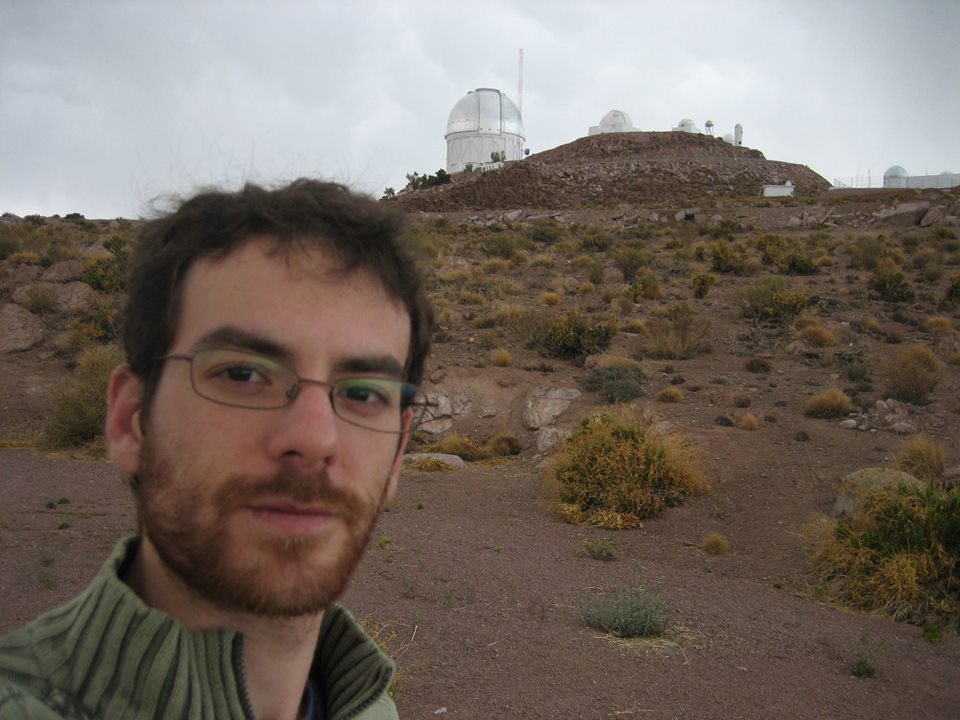
Arnau Pujol graduated in Physics in Barcelona (Universitat Autònoma de Barcelona). After obtaining a Masters in high energy physics, astrophysics and cosmology, he started to work in the Institut de Ciències de l’Espai (ICE) from Barcelona as a PhD student. He is currently finishing his PhD thesis, where he has been focused on the study of galaxy clustering and bias.
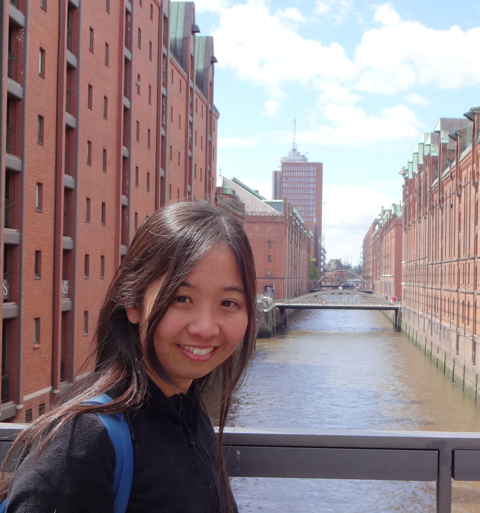
After finishing undergraduate in Taiwan (National Taiwan University), Chihway Chang graduated from Stanford University as a PhD, where she worked on LSST image simulations and weak gravitational lensing. She then moved to the beautiful country of Switzerland as a postdoc at ETH Zurich, where she joined DES and began exploring the exciting dataset from DES. She works mainly in weak lensing, generating mass maps and experimenting on different ways of using them together with other cosmological probes.
About The DArchive Authors & Editors
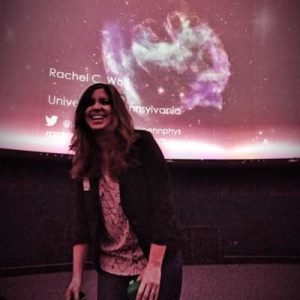
Rachel C. Wolf is an astrophysics PhD candidate at the University of Pennsylvania. She is primarily interested in how to best use Type Ia supernovae to understand more about the evolution of our universe. Most of her work has focused on studying correlations between supernova brightness and host-galaxy properties and on creating new statistical techniques to compare observational data to cosmology theory. Rachel is also very passionate about science education and public outreach. She is involved in many projects in the Philadelphia community and serves as one of the co-coordinators of Education & Public Outreach for DES.
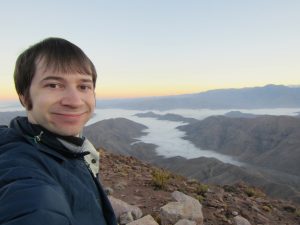
Chicago. He works on various projects studying the large scale structure
of the Universe using the millions of galaxies DES observes. These
projects include galaxy clustering, correlations of structure with the
cosmic microwave background, and using the structure of the Universe to infer redshifts of galaxies. Ross is also an active science communicator, volunteering at Chicago’s Adler Planetarium as well as writing and editing for The Darchives. He also loves observing for DES in Chile, where he has observed more than 30 nights.